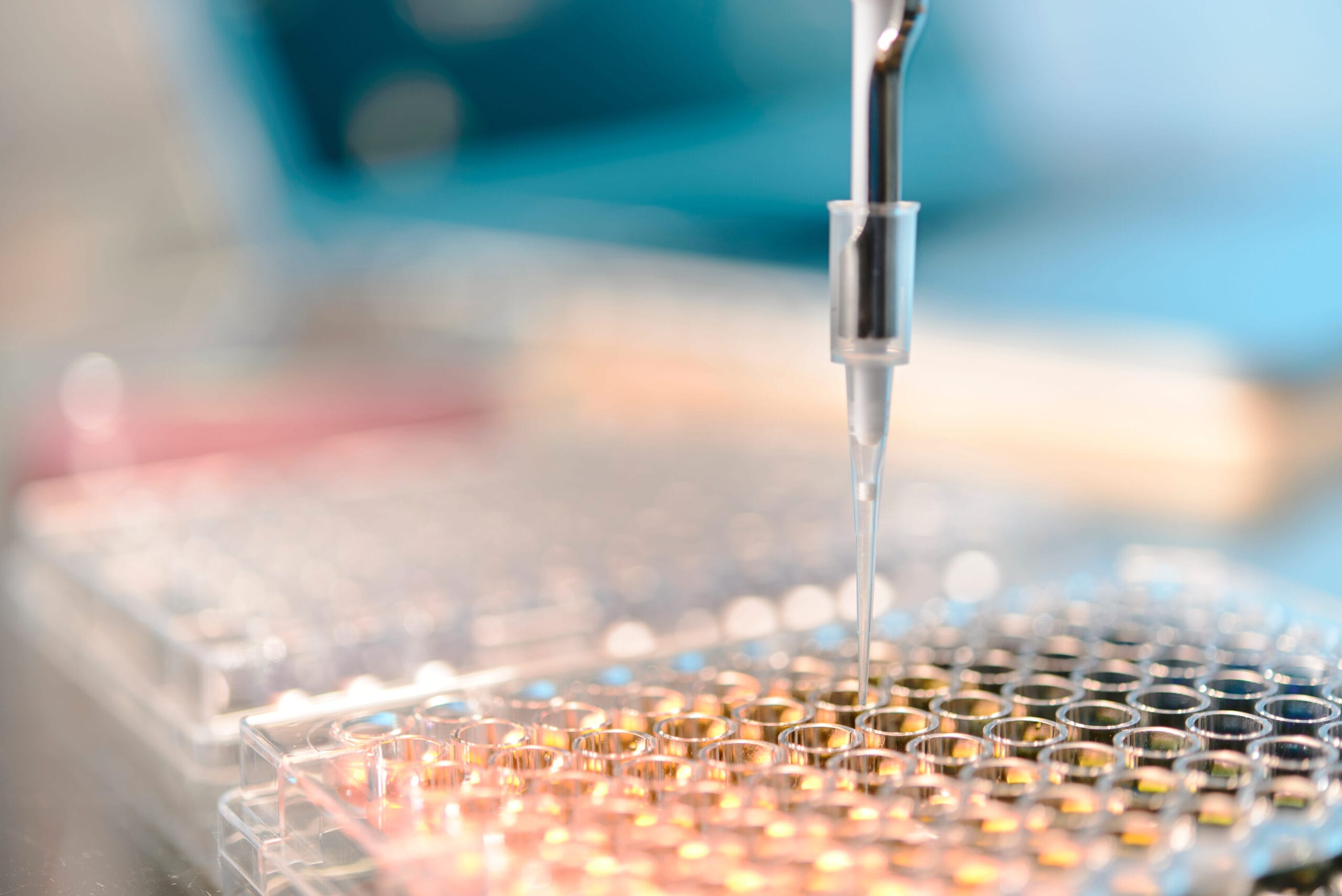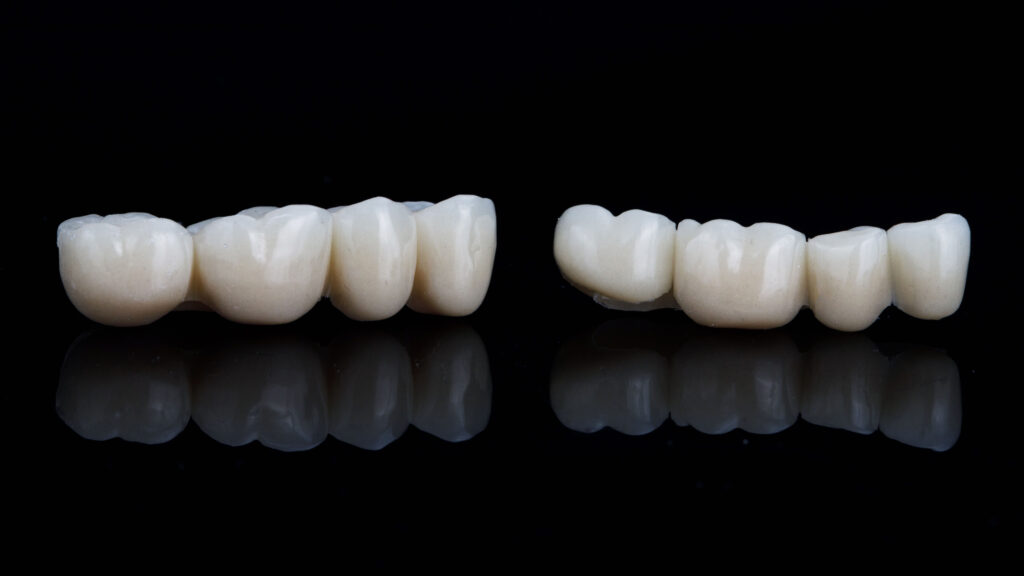
Chemical Analysis
Chemical analysis and physical testing of denture base polymers, orthodontic base polymers, and synthetic teeth.
These methods share some similarities with each other. These standards include requirements and methods for determining surface characteristics, color, porosity, strength, stiffness, fracture characteristics, polishability, limits on residual monomer and plasticizer, and water sorption and solubility limitations.
Approaches
SGS PSI offers a comprehensive approach to the analysis of dental polymers by utilizing the variety of physical test equipment and chemical analysis instruments that are required to fully characterize these polymers. The analysis of dental polymers manufactured using casting methods and dental polymers processed using additive manufacturing (3D printing) is performed by our highly experienced scientists within our ISO 17025 accredited, FDA registered, cGMP compliant laboratory to generate data sets that meet the requirements of regulatory agencies.
The dental polymers that we test include, for example, poly(acrylic esters), poly(vinyl esters), polystyrene, polycarbonates, polysulfones, polyacetals, and various copolymers. At SGS PSI we are able to provide physical testing and chemical analysis of each of the five classifications of dental polymers:
Type 1: Heat polymerizable materials
Type 2: Autopolymerizable materials
Type 3: Thermoplastic materials
Type 4: Light activated materials
Type 5: Microwave cured materials

In accordance with customer requirements, we follow the requirements of the following standards:
- ISO 20795-1, Dentistry – Base Polymers – Part 1: Denture Base Polymers
- ISO 20795-2, Dentistry – Base Polymers – Part 2: Orthodontic Base Polymers
- ISO 22112, Dentistry – Artificial Teeth for Dental Prostheses
- ANSI/ADA Standard No. 139, Dental Base Polymers
In some circumstances we adapt these standard test methods to meet unique or customized client requirements.
Sample Considerations
Please submit 3 discs with dimensions of 3 mm x 50 mm, and 2 plaques with dimensions of 65 mm x 40 mm x 5 mm, for each material type tested. We are experienced with the sample preparation techniques that are required to make test specimens from those.
Contact and expert to discuss your dental polymer analysis needs and associated sample considerations.
Experience
Residual Monomer
Residual methyl methacrylate (MMA) monomer content of polymeric dental materials is determined using gas chromatography with flame ionization detection (GC-FID). The GC-FID method readily detects MMA monomer at or below 0.10%, more than an order of magnitude below the allowed mass fraction of residual MMA monomer in dental polymers.
Color Test
Visual examination of flexure bar samples is used to perform the color test on dental polymers.
Freedom from Porosity
Visual examination of flexure bar samples is used to evaluate the freedom from porosity of dental polymers.
Polishability
Visual examination of flexure bar samples following a specific polishing protocol, a wet polish using a pumice/water mix and muslin polishing wheels, is used to evaluate the polishability of dental polymers.
Water Sorption
Water sorption is determined gravimetrically on dental polymers whose volume is calculated from the measured dimensions of each sample.
Water Solubility
Water solubility is determined gravimetrically on dental polymers whose volume is calculated from the measured dimensions of each sample.
